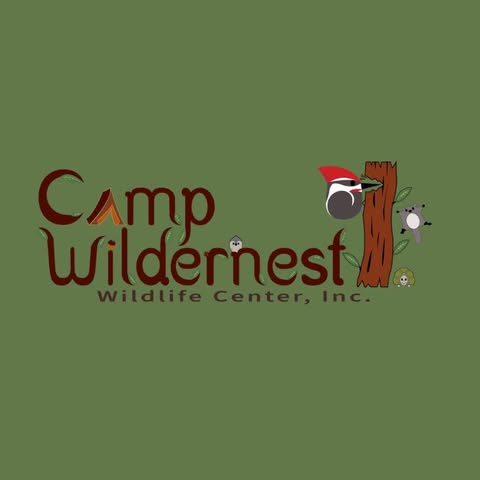
Camp Wildernest Wildlife Center Inc
TO DONATE: campwildernest.com or Venmo @camp-wildernest https://www.paypal.me/campwildernest CAMP WILDERNEST IS DEDICATED TO SICK AND ORPHANED WILDLIFE BY GIVING THEM A SECOND CHANCE THROUGH RESCUE, REHABILITATION, AND RELEASE BACK TO THEIR NATURAL HABITATS.

ICO
871734027
24000
Web
Sign in to see organisation website
Address
Chattanooga
Camp Wildernest Camp Wildernest is dedicated to sick injured and orphaned wildlife by giving them a second chance through rescue rehabilitation and release back to their natural habitats. Our goal is to improve the welfare of wild animals with specialized compassionate care as well as educating individuals who share our affection for nature. Need help. CWWC specializes in rehabilitation for If you have a wildlife emergency please follow these steps Click Here then contact one of the rehabilitators listed.
From Social media
News about from their social media (Facebook and X).
Data about organisation
Wildlife Preservation/ Protection Category
Organisations with similar rank to Camp Wildernest Wildlife Center Inc in category Wildlife Preservation/ Protection

The mission of theTurtleRoom is to advance survival of the world’s turtles and tortoises through collaborative education, conservation, and research programs.

As a wildlife sanctuary, our mission is to inspire environmental stewardship through wildlife education for the Reno community and beyond - Visit Us Today.

674. Camp Wildernest Wildlife Center Inc
TO DONATE: campwildernest.

675. Owl's Nest Sanctuary for Wildlife Inc
Federally and state licensed Florida wildlife rehabilitation organization.
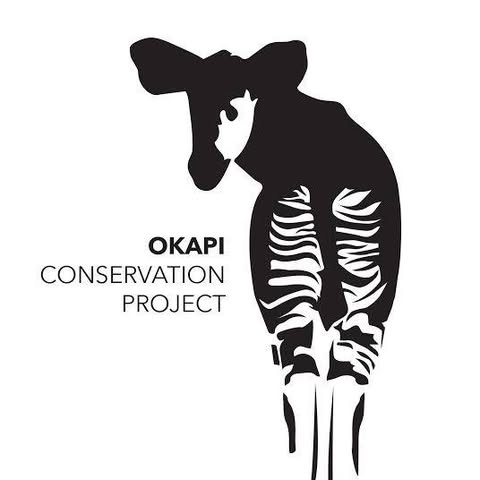
676. Wildlife Conservation Global Inc
Dedicated to the protection of the endangered okapi and their habitat through community empowerment.
Chattanooga
Organisations from Camp Wildernest Wildlife Center Inc

22. Humane Educational Society of Chattanooga
Providing a safe haven for homeless, abused, and neglected animals and advocating on their behalf.

24. Camp Wildernest Wildlife Center Inc
TO DONATE: campwildernest.

25. NAVY LEAGUE OF THE UNITED STATES
The Navy League of the United States is a nonprofit civilian, educational, and advocacy organization.
Similar organisations
Similar organisations to Camp Wildernest Wildlife Center Inc based on mission, location, activites.
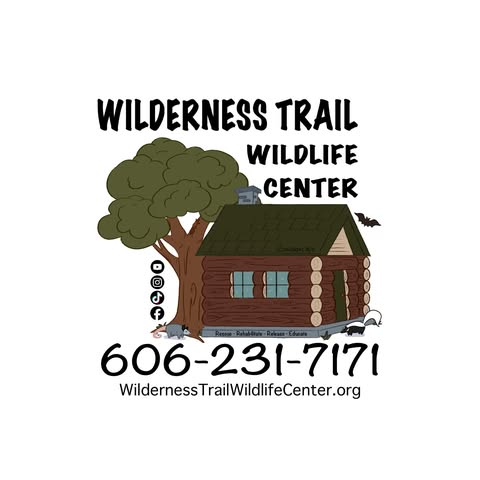
Wilderness Trail Wildlife Center Furwin
We are a 501c3 nonprofit charity Corp.
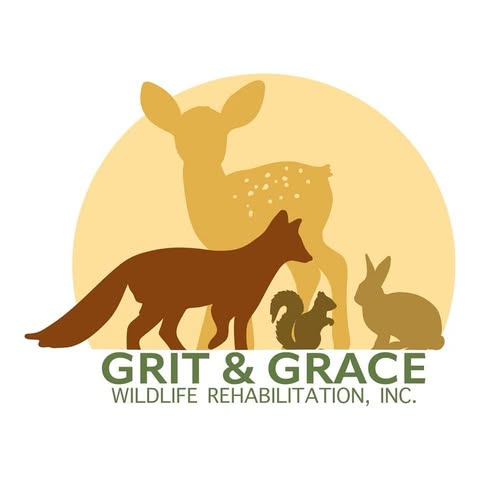
Grit & Grace Wildlife Rehabilitation Inc
Grit & Grace Wildlife Rehabilitation, Inc is a 501c3 non-profit, USDA licensed, volunteer-run center.
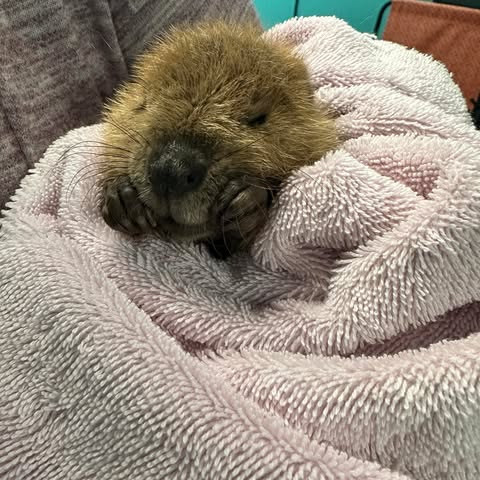
Mountain Tails Wildlife Rehab is dedicated to the rescue and rehabilitation of orphaned/injured mammals - including rabies vector species (coyotes, foxes, raccoons, and skunks).
Similar Organisations Worldwide
Organisations in the world similar to Camp Wildernest Wildlife Center Inc.

WILDLIFE HAVEN REHABILITATION CENTRE INC. (ca)
CALL 204-202-3806 for wildlife help.

PRAIRIE WILDLIFE REHABILITATION CENTRE INC. (ca)
Founded in 2007 by a group of wildlife-loving volunteers in Winnipeg, Mb, Canada - Call 204-510-1855.

WOODLANDS WILDLIFE SANCTUARY (ca)
Woodlands Wildlife Sanctuary is a "Labour of Love" charity that rehabilitates and releases orphaned and injured wildlife.
Interesting nearby
Interesting organisations close by to residence of Camp Wildernest Wildlife Center Inc

Camp Wildernest Wildlife Center Inc
TO DONATE: campwildernest.
Similar social media (24000)
Organisations with similar social media impact to Camp Wildernest Wildlife Center Inc
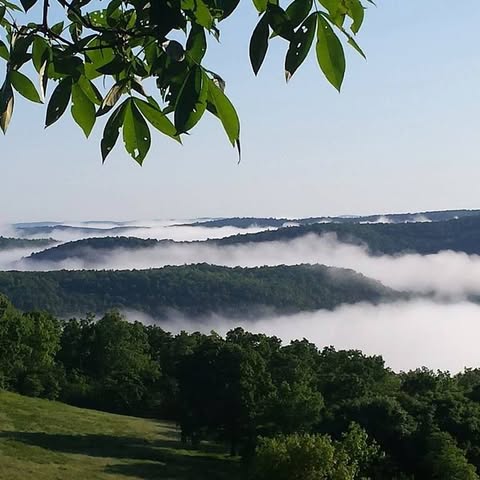
36383. Ozark Mountain Region Inc
The rugged beauty and fascinating natural wonders of the Arkansas Ozark Mountain Region provide visi.

Texas Health Resources is the health care system of choice in North Texas, improving the health and w.

36385. Camp Wildernest Wildlife Center Inc
TO DONATE: campwildernest.

36386. Huguley Medical Associates Inc
Texas Health Resources is the health care system of choice in North Texas, improving the health and w.

Providing shelter, preventing cruelty to animals, and advocating for their welfare since 1873.
Join us and make a difference for the future!
Sign Up
Please fill in your information. Everything is free, we might contact you with updates (but cancel any time!)
Sign in with GoogleOr
Good News
"Exciting news from Florida! 🌟 Senator Alexis Calatayud highlights a creative solution to the housing crisis: repurposing church land for affordable housing. 🙌 Faith and collaboration can pave the way for positive change in our communities. Let's support innovative ideas like this! #AffordableHousing #CommunityFirst"
Can states, and a little bit of faith, convert church land into affordable housing?
The Baltimore Sun
Like Comment




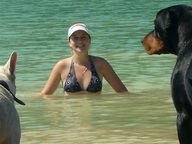





:max_bytes(150000):strip_icc():focal(969x510:971x512)/Alan-Hamel-and-Suzanne-Somers-102025-d76e14ca30944a318b9300a9e61a57b9.jpg)